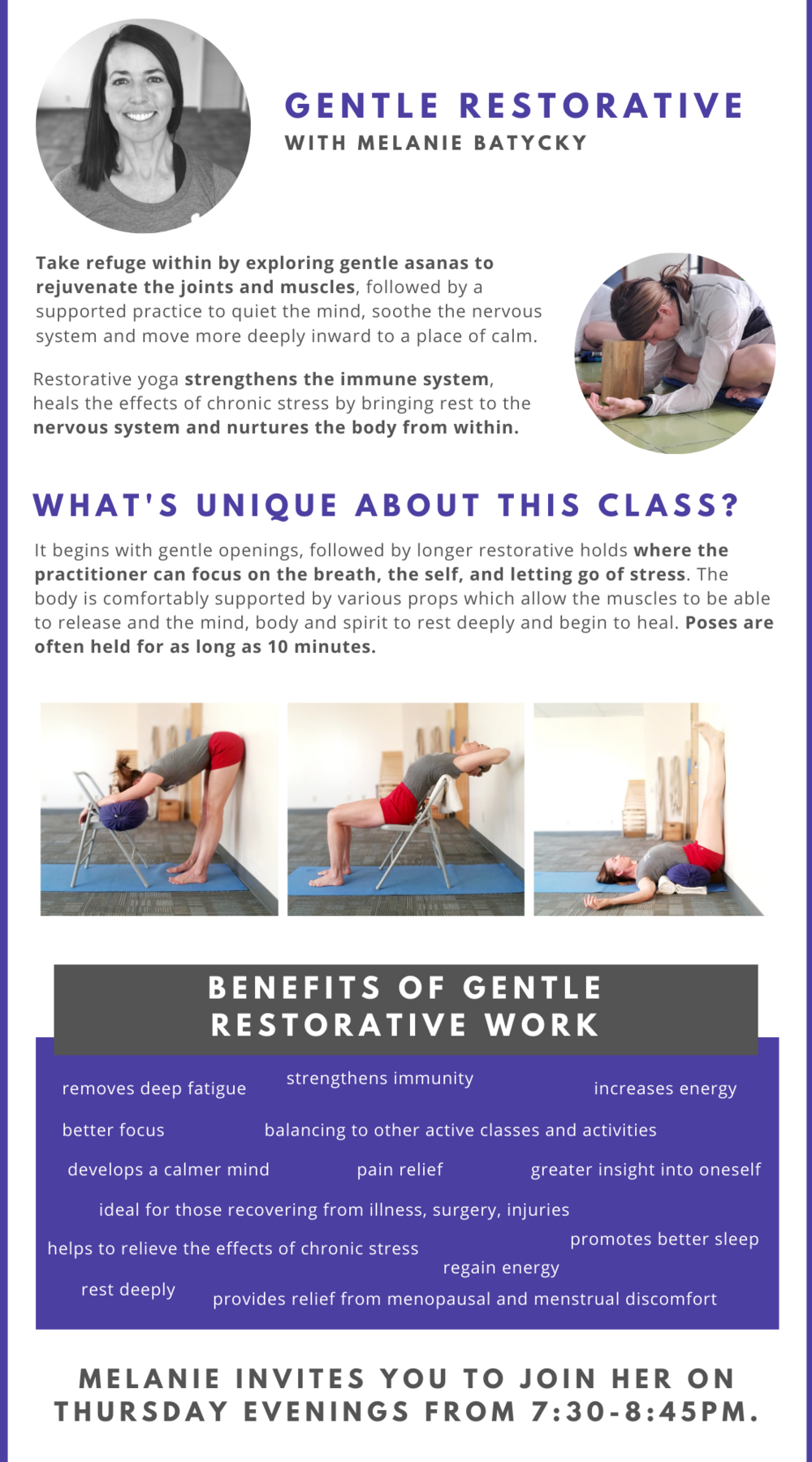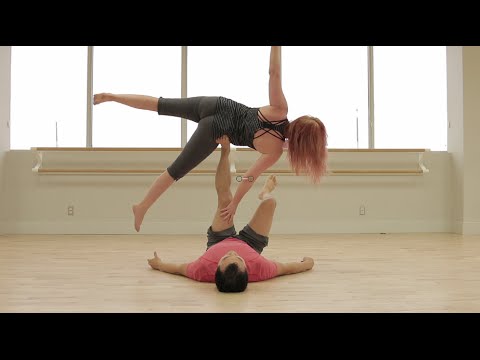
Here are some ways you can modify poses to improve yoga for your own body. Modifying the shape of a pose can increase difficulty. You can stand one-legged to make it harder for utkatasana and other difficult poses. Adjusting your back knee can help you keep your effort consistent. Modifications should only occur when absolutely necessary. Keep reading to learn more.
Pose
Sitting forward fold is one of many poses that can be used to strengthen your yoga muscles. In this pose, you hinge at the hips and walk your hands forward toward your feet. This pose can be held between one and two minutes. To make it more challenging, you can point your toes towards the front or sides. For extra stretching, press your soles in the wall. This pose also extends your chest, arms, shoulder, neck, and chest.

Breathe
In yoga, you can practice deep breathing to synchronize your whole body and promote inner harmony. Yoga breathing increases the effectiveness of exercise by strengthening and balancing your Nervous System. A forceful diaphragm pulses throughout your body during yoga. This massages the internal organs and improves digestion. This practice could help you lose weight, improve digestive health, and reduce stress.
Modification
If you have ever had back pain, you've probably tried various Yoga poses, but found them too difficult. If you have back pain, you may consider trying a modified version of the pose. This will help strengthen your body. Many modified Yoga poses will lengthen your spine, improve balance, and make other adjustments to suit your unique needs. Here are three ways to modify yoga poses:
Techniques
Yoga can help you improve your flexibility and strength. Other than strengthening your major muscle groups there are other ways you can strengthen your body and concentrate on specific areas. These are the basics of yoga for beginners:

Benefits
In addition to the numerous health benefits that yoga offers, you can expect to improve your muscle strength. Because many yoga poses require that the practitioner holds their weight or position for several minutes, this is possible. This helps increase strength and flexibility while preventing injuries. By strengthening various parts of your body, you can increase your overall fitness. These are some of the benefits of yoga:
FAQ
What is the difference in yoga and pilates?
Both pilates, and yoga, are both effective exercise programs. However they work differently. Both are based around stretching, but yoga is more focused on challenging your core muscles to build strength.
Pilates emphasizes balance and strengthening core muscles. It is important to remember that pilates can be complemented by yoga.
Is yoga safe for everyone?
Yoga is safe to practice for all ages and abilities. Yoga has been used for thousands of years with no side effects.
Please consult your doctor if any of these conditions are present before you begin a new exercise regimen.
What length should a yoga class be?
Yoga sessions generally last 45 minutes to one hour. The type of Yoga you are practicing will impact the length of your yoga session. For strength-building exercises, it would be sufficient to last 45-60 minutes. However, if you're looking for relaxation or meditation, an hour or longer may be necessary.
The length also varies depending on what kind of yoga class you're taking - some classes focus on moving quickly while others emphasize slow, deep stretches.
As a beginner, can I practice yoga every day?
Yoga is a great way for you to stretch out and strengthen your body. Yoga can help you relax and let go of stress. To start yoga regularly, you don't need to be an expert. Yoga for beginners should be done three times per semaine, for 20 minutes.
This will give you enough time to get started. Gradually increase the time spent practicing.
How much yoga can you take?
It's important to remember that yoga is not a sport. There is no minimum number of repetitions you must do before becoming tired. Instead, you should enjoy the experience and slow down.
You don't have to worry if you do lose your way once in a while. Just pick where you left off the next time you get the chance.
If you're new to yoga, begin with short sessions of 10 to 15 minutes and work your way up from there.
I'm already engaged in some form of physical activity. Can I still benefit from yoga?
Yes! Yoga can be beneficial for anyone, even if they are not physically active. You will achieve more significant results when you combine yoga with other exercises such as running, cycling, swimming, or lifting weights.
This is because yoga helps with proper breathing techniques that help you burn calories more quickly.
Yoga can also help you increase your endurance. Yoga has many benefits, so it doesn't matter if you're an advanced or beginner yogi.
Do I need special equipment?
To practice yoga, you don't need to have any special equipment. Some people prefer to use props like straps, blocks, or blankets.
Check out our Yoga Equipment Guide if you're interested in purchasing these items. We recommend products made of natural materials rather than plastic.
Statistics
- According to the Agency for Healthcare Research and Quality, falls are incredibly common among older adults in nursing facilities. Even the simplest ones can increase the risk of death (24). (healthline.com)
- In comparison, a 125-pound person is estimated to burn 135 calories in 30 minutes of walking (at a pace of 15-minute miles) and 210 calories bicycling at a moderate pace on a stationary bike. (everydayhealth.com)
- Start your Fall off right with 20% off All Access Membership when you sign up by 9/25! (corepoweryoga.com)
- The American Psychological Association recently shared that 84% of American adults feel the impact of prolonged stress (5). (healthline.com)
- The people in the yoga group were 37 percent more likely to have quit smoking by the end of the 8-week program. (nccih.nih.gov)
External Links
How To
Can I do yoga during pregnancy?
Pregnancy can affect your ability to do certain poses safely. Before you start a new exercise program, consult your doctor.
However, there are many poses you can still do during pregnancy. These are some suggestions:
-
Women who are pregnant shouldn't lift more than shoulder height. Instead, you can use dumbbells or lightweight resistance bands.
-
Avoid deep twists, as these could put pressure on your belly.
-
Avoid backbends up until you have your baby. This can place excessive strain on the lower back.
-
You should not lie down on your stomach, or cross your legs, until you give birth to your baby.
-
Your doctor will have to approve you before you attempt inverted poses, such as handstands and headstands.
-
Do not exceed 30 minutes of practice per day.
When you're ready, you can continue doing yoga throughout your pregnancy. Your doctor will let you know when you are ready for yoga.